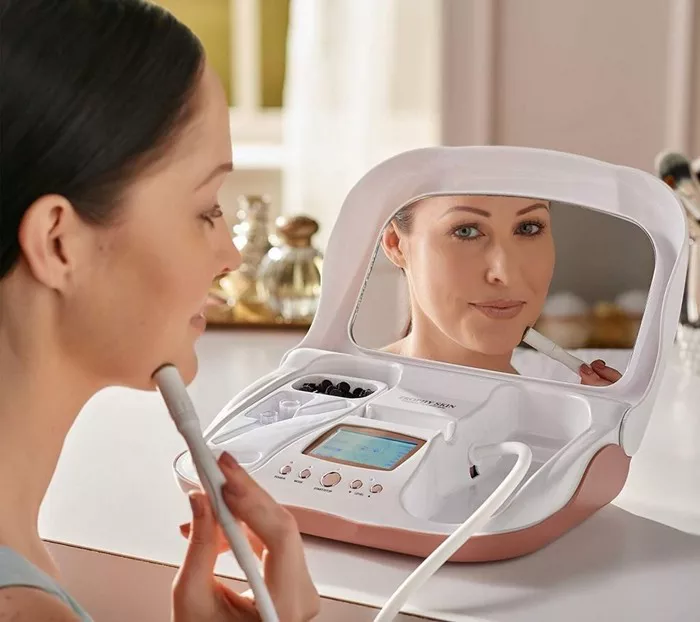Have you ever wondered why your hands and fingers start to get wrinkly and prune-like after being in water for a relatively short period of time? This phenomenon, often referred to as “pruney fingers,” is a common occurrence that has intrigued scientists and researchers for many years. In this article, we delve into the science behind why our hands get wrinkly in water so quickly, exploring the underlying causes and the evolutionary purpose behind this intriguing phenomenon.
The Pruney Finger Phenomenon:
Most of us have experienced the sensation of our hands and fingers becoming wrinkled after spending some time immersed in water. This can happen during activities such as bathing, swimming, or doing the dishes. While it might seem like a simple response to water absorption, the truth is that there’s more to this phenomenon than meets the eye.
The Role of the Skin’s Outer Layer:
The outermost layer of our skin, known as the stratum corneum, plays a crucial role in the pruney finger phenomenon. This layer acts as a protective barrier, preventing excessive water loss from the body and keeping foreign substances out. The stratum corneum is made up of flattened, dead skin cells that are tightly packed together.
The Role of the Nervous System:
The nervous system is responsible for regulating various bodily functions, including our sense of touch. The nerves in our fingers are particularly sensitive to changes in the environment, which is why we can perceive textures and temperatures with such precision.
The Science Behind Pruney Fingers:
The wrinkling of the skin on our hands and fingers when exposed to water for an extended period of time is not simply due to water absorption. Instead, it’s a complex physiological response orchestrated by our nervous system.
When our fingers are immersed in water, the outermost layer of the stratum corneum absorbs water and swells. However, because the skin on our palms and fingers is tightly connected to the underlying tissue by blood vessels and nerves, the swelling is limited. As a result, the skin on the palms and fingers contracts more than the skin on the back of the hands, creating the characteristic wrinkled appearance.
Evolutionary Advantage:
The pruney finger phenomenon is not a mere inconvenience; it may actually serve an evolutionary purpose. Some researchers believe that the wrinkling of our fingers in wet conditions enhances our grip on wet objects and surfaces. This enhanced grip could have been advantageous for our ancestors who needed to handle wet objects or navigate slippery environments. The wrinkles could act as channels that help direct water away from the contact surface, potentially improving traction.
Why Only the Fingers and Toes?
Interestingly, the pruney finger phenomenon primarily affects the fingers and toes, while the rest of the body’s skin doesn’t exhibit the same level of wrinkling. This selective response is likely due to the higher density of nerve endings in these areas. The increased nerve sensitivity allows for rapid detection of changes in the surrounding environment, triggering the physiological response that leads to wrinkling.
Time Frame of Pruney Fingers:
The time it takes for pruney fingers to develop can vary from person to person and can depend on factors such as the temperature of the water and the individual’s age. However, the phenomenon often occurs within minutes of being exposed to water.
Temporary Nature of Wrinkling:
It’s important to note that the wrinkling of the skin is a temporary response. Once the fingers are out of the water and the nervous system’s signal subsides, the skin gradually returns to its normal appearance. The stratum corneum releases the absorbed water, and the skin reverts to its pre-immersion state.
Conclusion
In conclusion, the pruney finger phenomenon is a fascinating example of the intricate interplay between our nervous system, skin structure, and evolutionary history. While this wrinkling response may seem like a simple reaction to water exposure, it’s actually a well-coordinated physiological mechanism that enhances our grip on wet objects. By better understanding the science behind pruney fingers, we gain insights into the remarkable ways our body adapts to its environment and how evolutionary adaptations continue to influence our everyday experiences. So, the next time your hands get wrinkly in water, you can appreciate the intricate processes at play, connecting you to both the past and the present.


